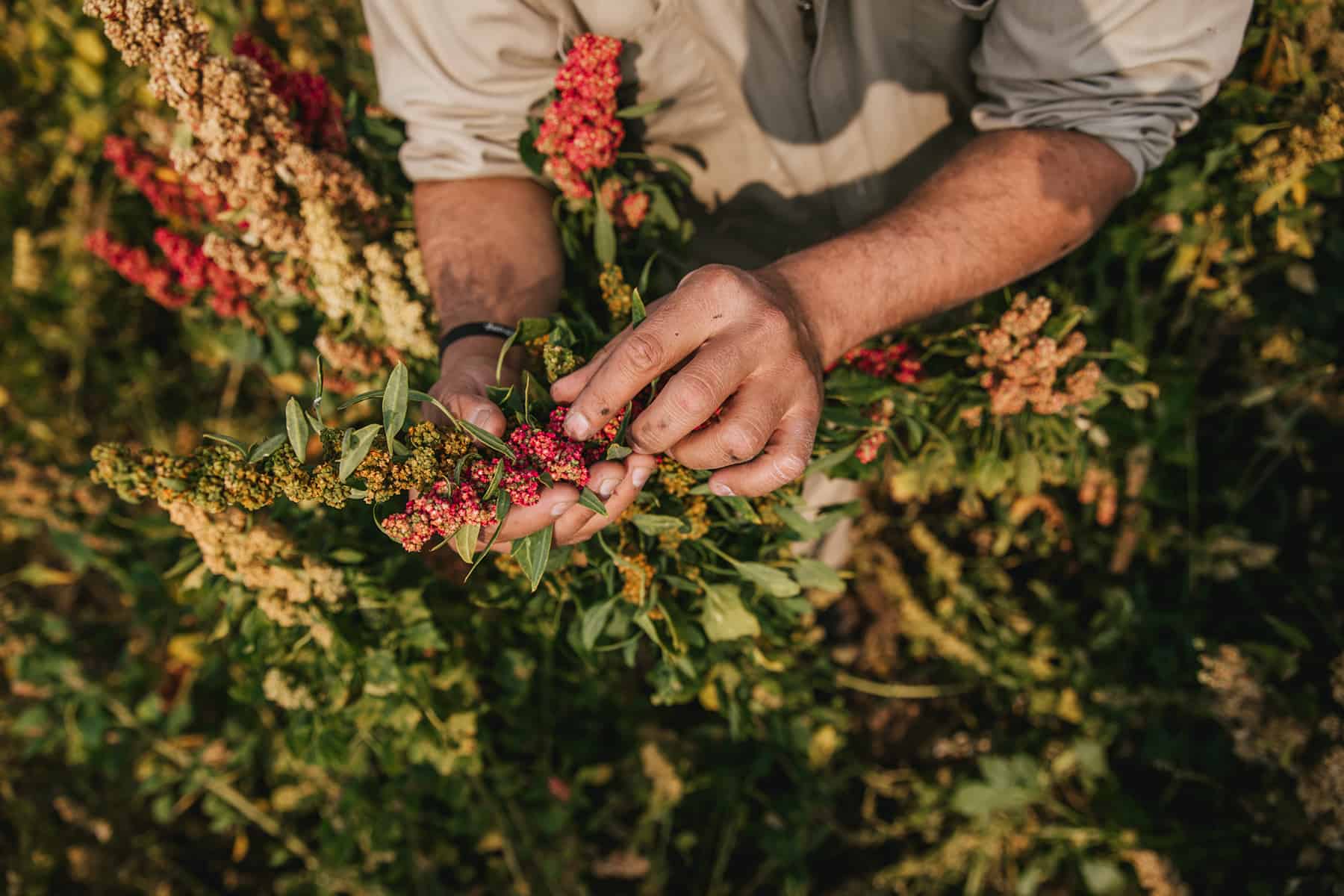By Molly Absolon // Photography by Shannon Corsi
—
The first time I heard about the concept of “heritage grains” was when I sat with Nathan Ashcroft beside a green field near Sugar City, Idaho. The field was full of a lush grass-like plant—spelt—that stood waist-high in July. Plants like spelt, together with einkorn, emmer, Khorasan wheat, quinoa, Black Nile barley, and amaranth, have existed for thousands of years. After falling out of fashion, these grains are now making a comeback as people seek an alternative to modern, genetically modified wheat.
“I’m the fourth generation on this farm,” Ashcroft says. “My family has always run a traditional Idaho farm. The ancient grains came about when my brother started to have health issues.”
“One of the reasons why people are interested in ancient grains include the health benefits,” he says. “Modern wheat is harder to digest. It can cause bloating. People with celiac [disease] still can’t eat most ancient grains, but those with gluten sensitivities can eat them and feel good.”
Ashcroft is not alone in citing the health benefits of ancient grains. Many people claim heritage grains contain higher levels of antioxidants, minerals, fiber, and healthy fats, as well as less gluten—a protein blamed for causing non-celiac gluten sensitivities. The science, however, isn’t entirely clear as to whether these health issues are, in fact, due to gluten. Some research indicates digestive challenges like bloating, constipation, and diarrhea could have more to do with the processing of the grain, the size of the serving consumed, or the way the grain is raised. Also, most store-bought white flour is refined to extend shelf life, and only a part of the wheat kernel—the endosperm—is contained. The endosperm provides energy and carbohydrates, but the other parts of the kernel that are removed—the germ and bran—are critical for their nutrients, and arguably contribute to the grain’s digestibility, as well. Some of the health benefits attributed to ancient grains could be said for modern wheat, as well, if whole grains were used. Still, the fact that people say they feel better when they eat ancient grains is enough to convince others to try them.
Health benefits aside, ancient grains are grown the same way today as they were by our ancestors thousands of years ago. Modern production methods don’t work with heritage grains due to challenges with the plants’ height and delicate seed heads. That means fewer chemical fertilizers, pesticides, and herbicides are used in growing, as well as less mechanization and water, creating a smaller carbon footprint—all of which contribute to a healthier planet and a more sustainable food system.
That said, growing ancient grains is a challenge.
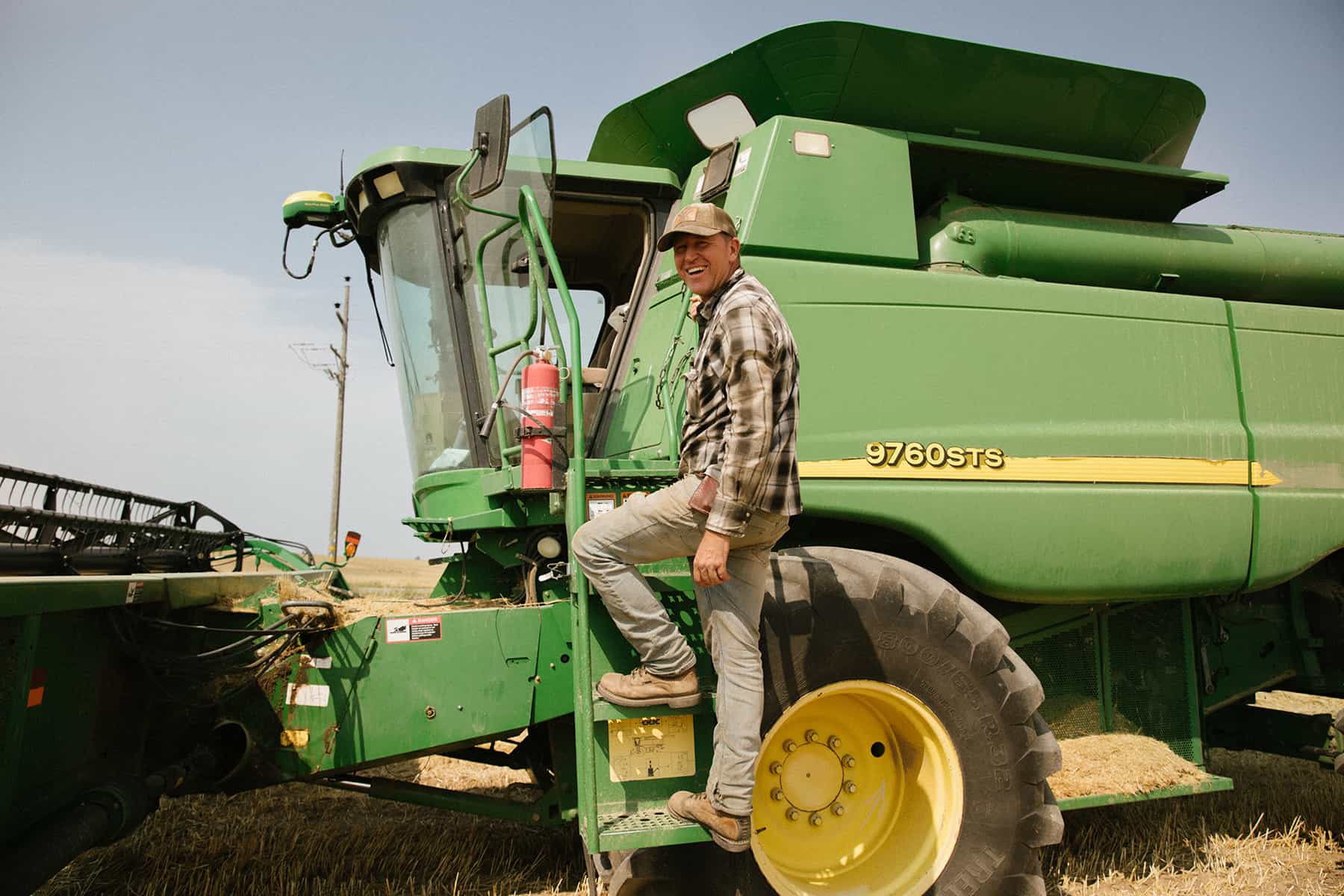
Ashcroft says it took him almost three years to even find the seeds to begin his farming experiment. Einkorn, spelt, and Khorasan wheat now represent around 8 percent of the crops he raises on his farm, but he barely breaks even on them. He notes that heritage grains fell out of use for a reason: Their yield is substantially lower and production more labor intensive than modern wheat varieties, making it hard to make a profit on the grain alone. So, together with his wife and four sons, Ashcroft also raises potatoes, seed peas, alfalfa, milling wheat, forage wheat, as well as steers, and other vegetables. The family sells their produce at local farmers’ markets, from a self-service food stand in their front yard in Sugar City, and online at highstakes-spelt.com.
Einkorn is the most primitive ancient wheat. Made from cross-breeding wild grasses, einkorn first appeared more than 7,000 years ago in the Fertile Crescent region in the Middle East, along the Tigris and Euphrates Rivers. It showed up roughly 4,000 years later in the digestive tract of Otzi, the Ice Man, whose mummy was discovered in the mountains between Austria and Italy in 1991, 3,000 years after his death.
In the thousands of years of agricultural development that came between einkorn’s arrival on the scene and modern-day ag, farmers cultivated a wide variety of grains and seeds to feed the world’s growing population. For centuries, those grains were adequate. But as the number of humans increased, concern over our ability to feed everyone grew, and scientists began experimenting with modifying crops to increase yields. Norman Borlaug is widely credited with instigating what’s known as the Green Revolution in the 1960s. Using genetic modifications, hybridization, an increased use of herbicides, pesticides, and fertilizers, as well as intensive irrigation, Borlaug developed the strain of wheat that now dominates world markets. A dwarf plant with a large seed head and a complex chromosomal makeup, modern wheat produces as much as 44 percent more than its ancient predecessors per acre.
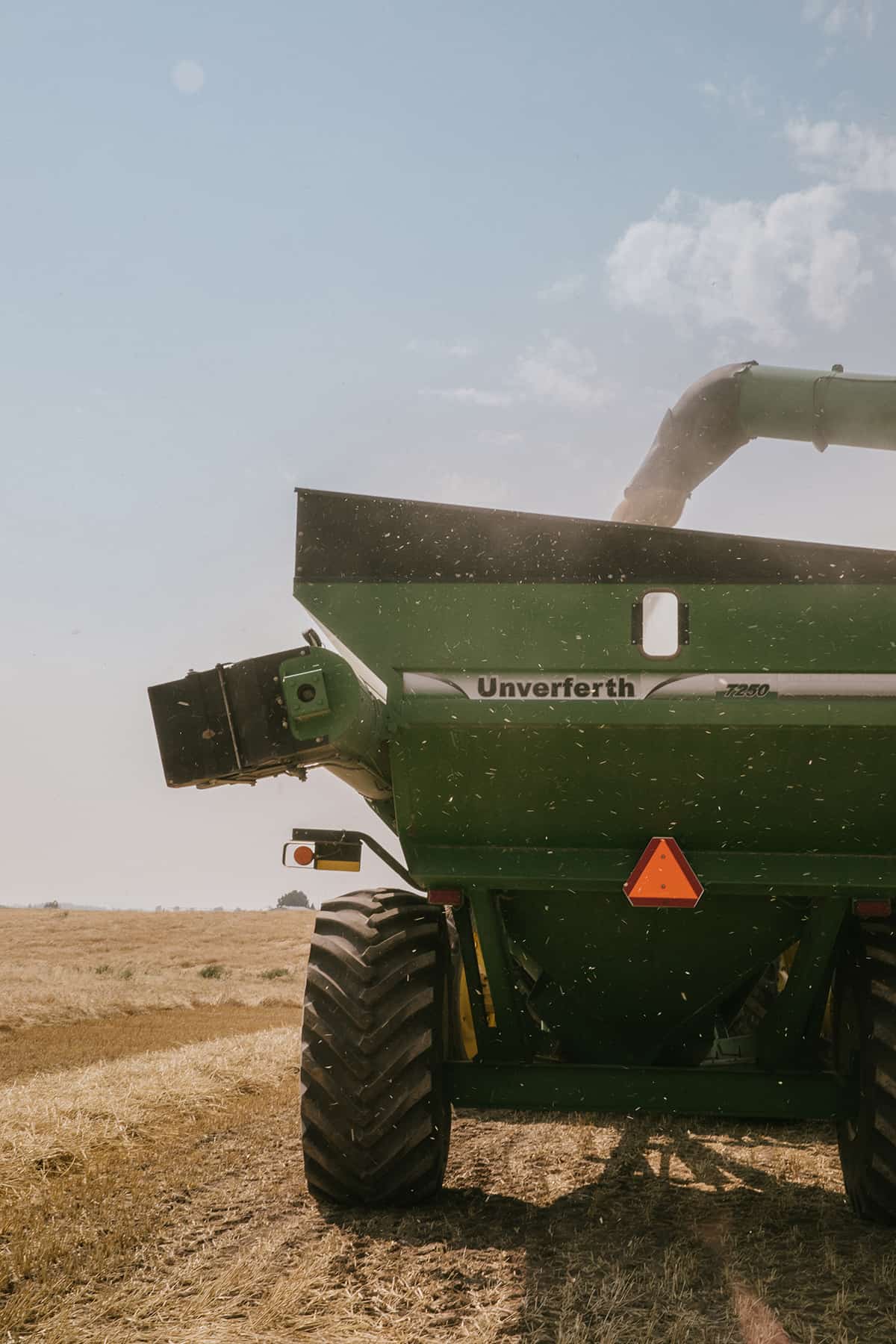
The Green Revolution is credited with saving billions of people from starvation, and Borlaug was awarded a Nobel Peace Prize in 1970. World grain production grew by 160 percent following Borlaug’s innovations, according to the 1994 study, Constraints on the Expansion of the Global Food Supply, by Henry Kendall and David Pimentel. But that increase was not without consequence. Today many people question the nutritional quality of modern wheat and the farming practices necessary to grow it.
Jade Koyle, who owns and operates Grand Teton Farm and Mill in Teton, Idaho, first heard about ancient grains from a friend. He’d bought a 200-acre farm near Teton and wanted to go organic. He found einkorn seeds at a seed bank in Germany and planted his first crop in 2009. Now he, together with his wife, Julie, and brother, Jackson, raise a variety of heritage grains, which they sell through their websites—ancientgrains.com and einkorn.com—as well as to commercial buyers.
“The whole thing is a labor of love,” Koyle says. “Modern wheat is definitely more profitable to grow, and white flour is easier to work with. But I think ancient grains are important and have health benefits. Someone needs to work to preserve them.”
That said, baking with flour made from ancient grains can be challenging, according to Nathan Ashcroft’s wife, Jamie.
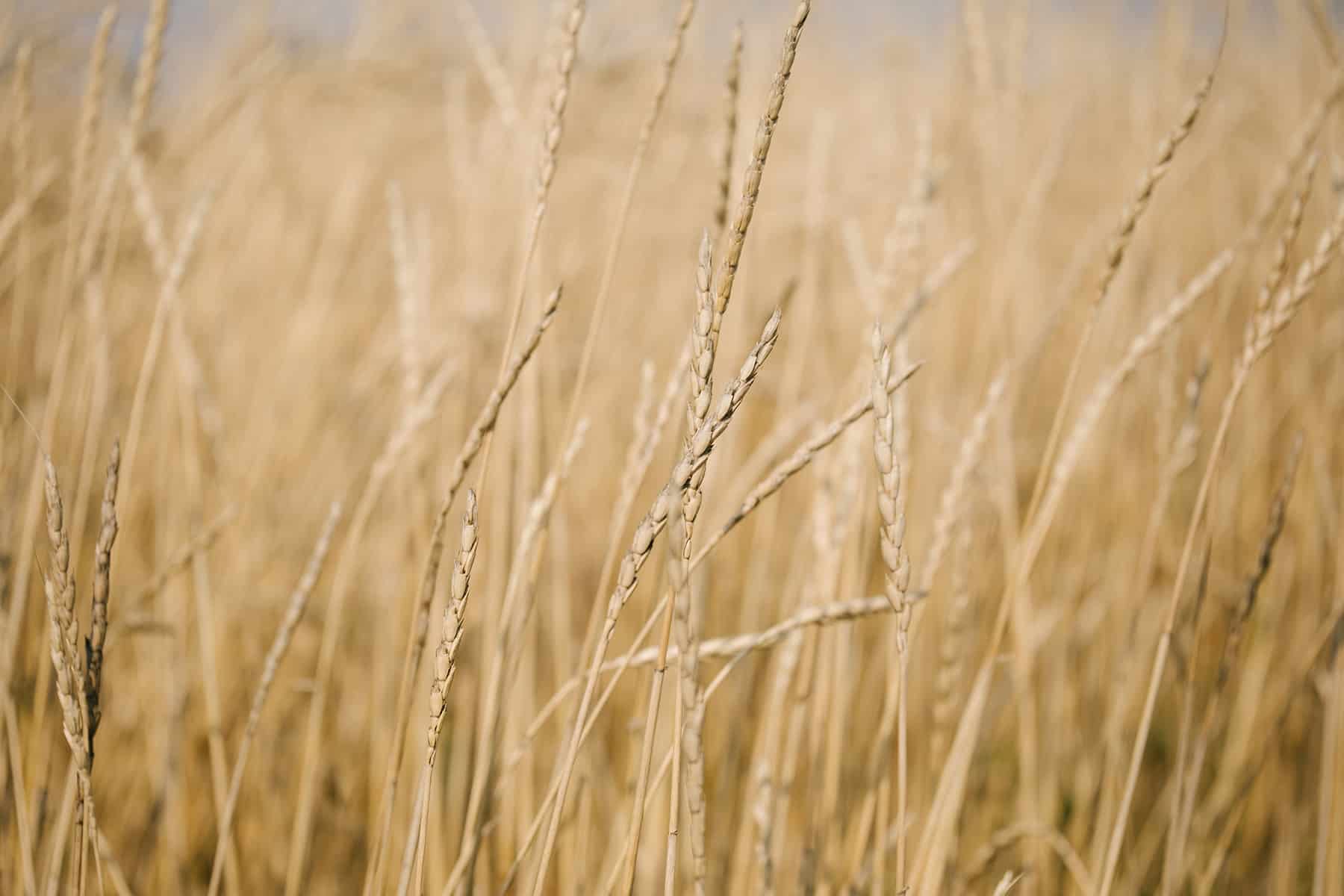
Einkorn is the most primitive ancient wheat, made from cross-breeding wild grasses. 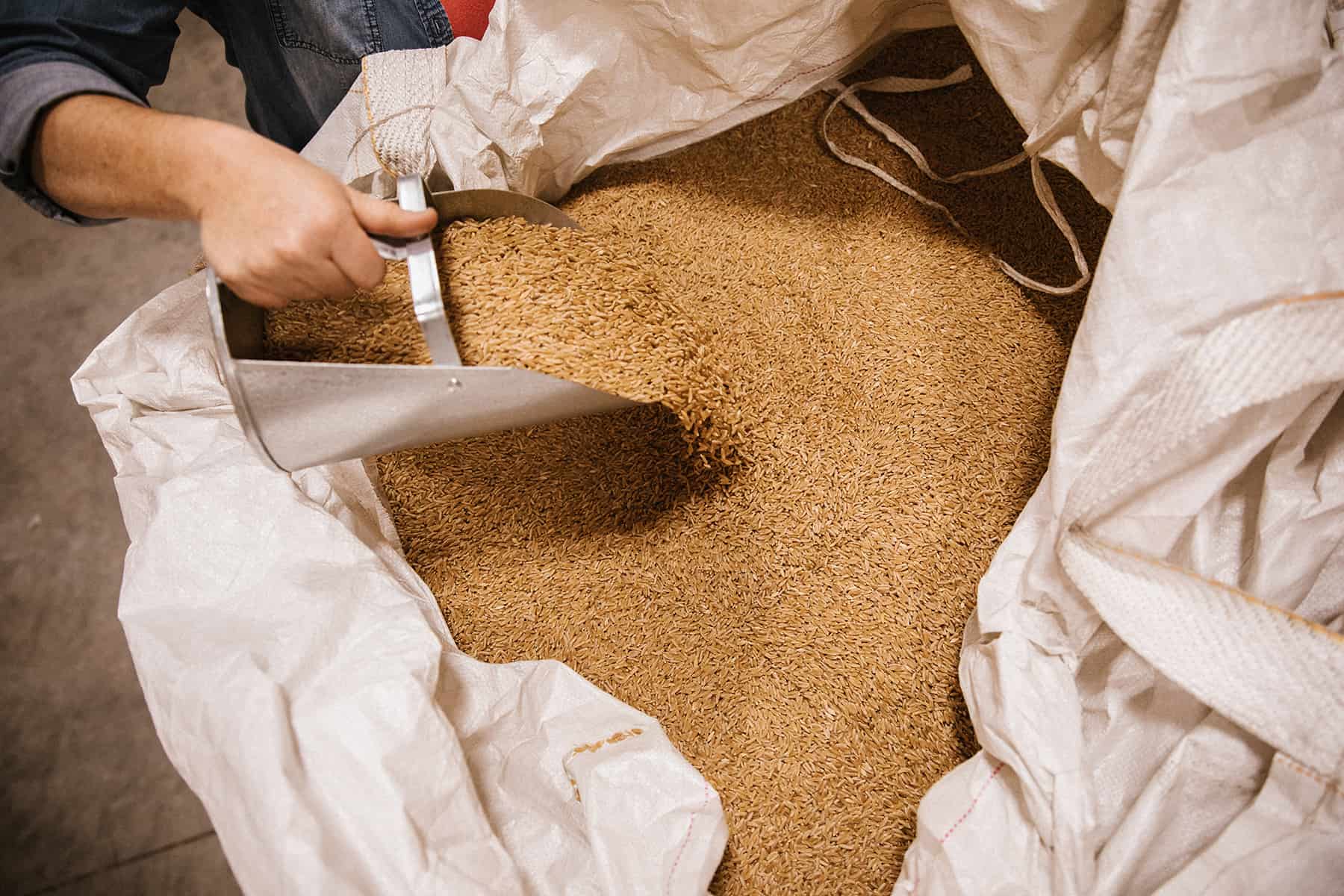
“If you are making bread for the first time—with spelt or any other ancient grain—you will really notice a difference,” she says. “You have to be careful not to overmix it. Spelt is a little heavier and crumblier. It makes great sourdough [bread]. Khorasan is chewier and lighter. My favorite is to mix the two together, so they balance each other out.
“It took me a while to figure things out,” Jamie adds. “So many factors affect baking: texture, feel, altitude, humidity, temperature of your kitchen. … It’s such an art. I’ve taught a lot of people how to bake now.”
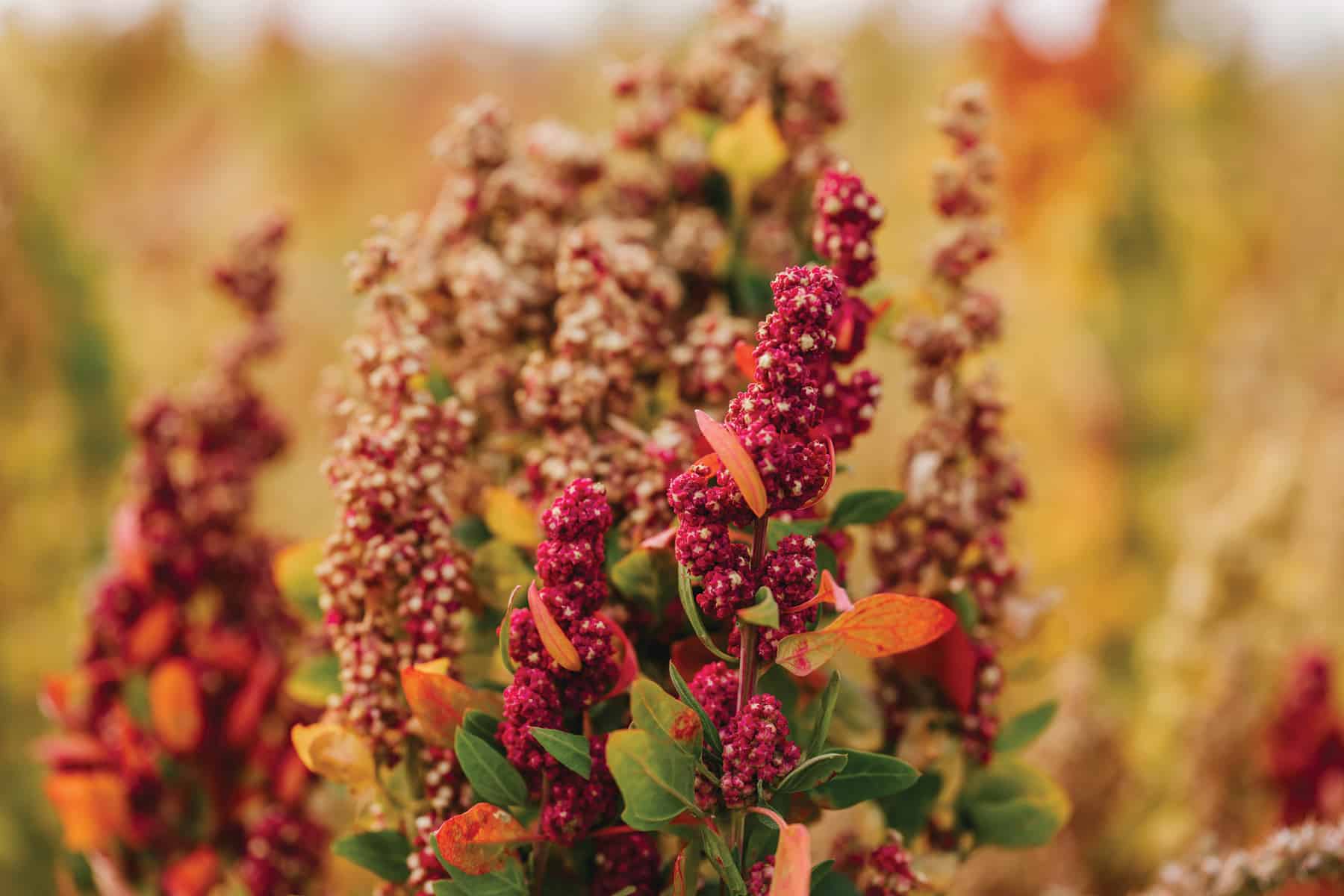
Quinoa, an ancient non-wheat grain, is also seeing a comeback worldwide. Originally a mainstay of the Mayan, Incan, and Aztec peoples of Central and South America, quinoa is considered a superfood, as it contains all nine essential amino acids. Still, it almost disappeared after the Spanish conquest of the Americas. Health concerns have generated a comeback and Eastern Idaho, with its elevation and climate, is turning out to be a good place for quinoa producers, ranking as the number one quinoa-growing area in North America. Wyatt Penfold, of Penfold Farms and Teton Mills, is leading the quinoa charge in Teton Valley from his farm near Darby Canyon.
“Quinoa is a great crop for cooler climates,” Penfold told the Idaho State Journal in 2019. “We’re just trying to support it because it’s a great opportunity for people in our part of the world to have another crop to grow.”
For Eastern Idaho, the growing popularity of ancient grains gives farmers a chance to diversify, adapt to climate change, sell produce closer to home, and meet the changing demands of American consumers.

